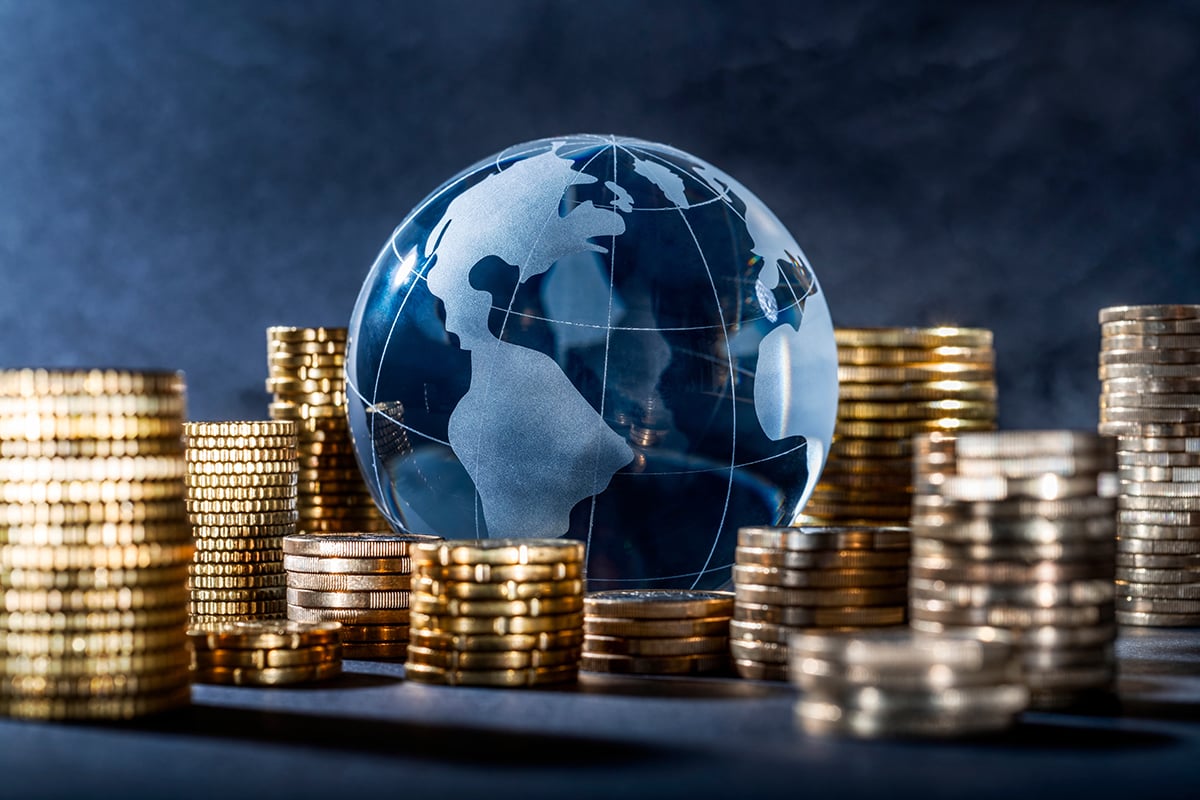The global economy is facing a potential 0.5% loss in output by 2026 as the effects of rising tariffs and escalating trade tensions between major markets take hold. The European Union and the United States have targeted China with increased tariffs, adding strain to the global trade landscape, and further impacting economic growth.
In recent years, the number of trade-distorting measures has surged dramatically. In 2023, over 3,000 trade-related restrictions are in place, a sharp increase from just 1,000 measures recorded in 2019. This growing trend of protectionism and trade barriers has raised concerns about the future of global economic stability.
The International Monetary Fund (IMF) has indicated that the continuing escalation of tariffs, particularly between large economies, could have severe consequences for worldwide growth. If these trends continue, the global economy could see significant output losses. By 2026, the IMF projects that as much as 0.5% of global economic output could be wiped out due to the heightened tariffs and trade-distorting policies.
This loss stems from the economic uncertainty caused by tariff increases. As countries impose more restrictive measures on trade, retaliation from affected nations becomes more likely. This cycle of rising trade barriers and retaliatory tariffs could further inhibit international commerce, reducing global productivity and economic growth.
Beyond the direct impact on trade, tariffs may also influence inflation in various economies. In some regions, the additional costs imposed by tariffs could lead to inflationary pressures, as the increased costs of imported goods are passed on to consumers. In response, central banks in these areas may need to tighten monetary policy by raising interest rates to combat rising inflation.
However, the economic impact of tariffs will not be uniform across all regions. In countries where economic activity weakens due to reduced trade, inflation may not become a significant concern. Instead, these nations could experience slower growth without significant price increases. Central banks in these economies may take a different approach, opting to maintain or lower interest rates in an effort to stimulate growth.
This divergence in monetary policy responses could further complicate the global economic landscape. With some countries raising interest rates to curb inflation and others easing monetary policy to encourage growth, the effects of rising tariffs may lead to increased volatility in global financial markets.
The long-term effects of these trade restrictions are still uncertain, but the current trend points to a more fragmented global trade system. As tariffs continue to rise, the interconnectedness of the world economy could weaken, with nations prioritizing domestic industries over international cooperation. This shift could dampen global productivity and innovation, with lasting effects on economic growth and prosperity.
As the world moves towards 2026, the risk of trade policy uncertainty and further economic retaliation looms large. If major markets continue to escalate their trade restrictions, the global economy could face serious setbacks, making cooperation and balanced trade policies crucial to avoiding further harm.







